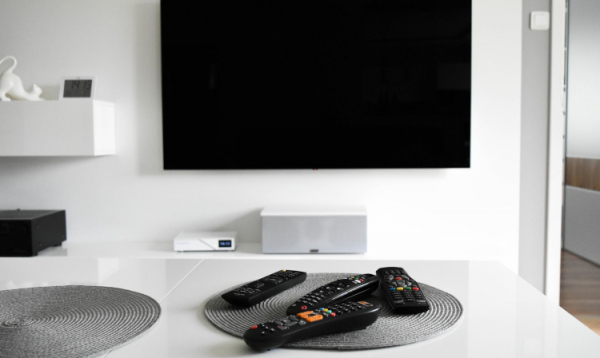As a result of advances in this field, screens have become very popular and today we cannot imagine life without them. Although LCD screens have been with us for many, many years, they are still in the market for low-cost watches and calculators because of their advantages: (low cost, fast response time.) The market has many types of such displays and thus confuses LCD, TFT, IPS and OLED. However, we will focus on the OLED vs LCD comparison and discuss their most important issues.
LCD construction
To begin with, it is worth giving an overview of how an LCD screen is constructed. The LCD uses liquid crystal to create a visible image and consists of several layers, including two polarised panel filters and electrodes. An LCD is formed of an active matrix display grid or a passive display screen. The light source for the backlight can be LEDs. It is worth noting that the LCD has a wide temperature range, low power consumption, and readability in sunlight with glare. Let us also mention its application, as LCD is a flat panel display technology commonly used in televisions and computer monitors. It is also used in the screens of mobile devices such as laptops, tablets and smartphones.
How LCDs work?
Using liquid crystals in LCD displays, the pixels are adjusted to rotate polarised light. The light waves then cause oscillations that occur in a single plane. In LCD screens, this is achieved through the use of polarised layers. LCD screens have both the properties of solids and liquids. (Solids tend to retain their state, unlike liquids, which change their orientation and move everywhere in a given liquid.) Liquid crystals can flow, but their molecules have a crystal-like solid orientation. Eventually, all the layers of the LCD components will twist and align until the topmost layer is at a 90-degree angle to the bottom layer.A switched-on liquid crystal is when current flows through the nematic liquid crystals, after which they completely straighten out of their twisted state. A polarising filter in front of the liquid crystal blocks the light, resulting in the pixel turning off and becoming dark.
OLED - basic information
It is worth mentioning at the outset that OLED screens are an emissive display technology that is not part of LCD displays. An organic light-emitting diode OLED is otherwise known as an emission layer of an organic compound. It gives off light in response to an electric current. As an advantage over LCD, the far more complex technology should certainly be recognised, which in fact provides even better colour reproduction, image quality and a better colour palette.
Applications
Typically, OLEDs are used to create digital displays in devices such as TV screens, computer monitors, smartphones, handheld gaming consoles or GPS navigation. Their contrast is very high, which makes them used in very sophisticated applications. However, it is forecast that the coming years are likely to reveal new possibilities for the use of this type of component.


